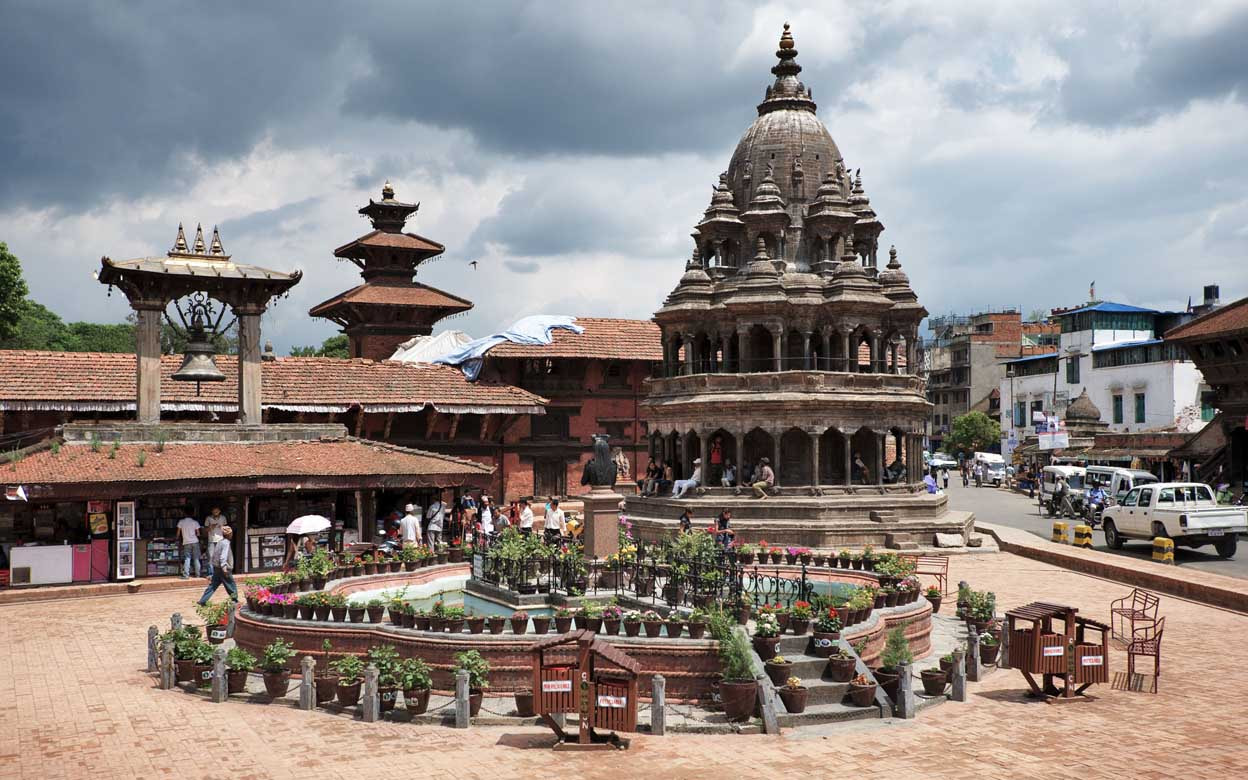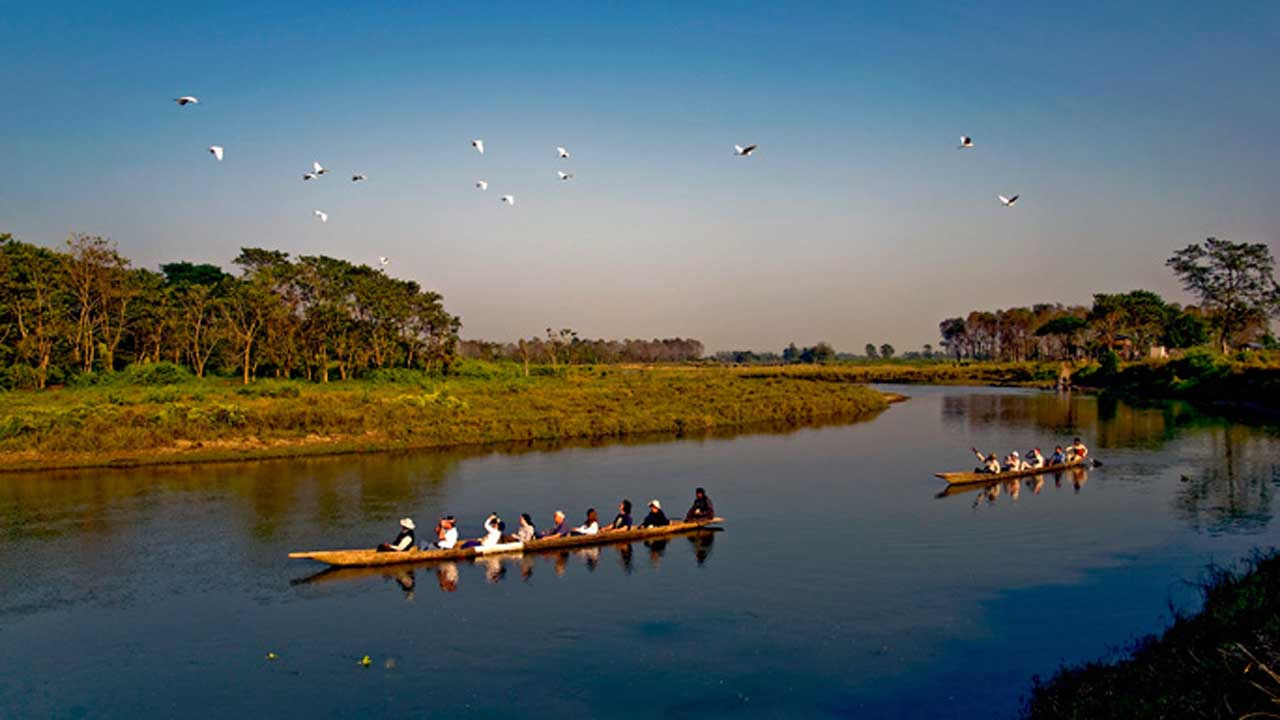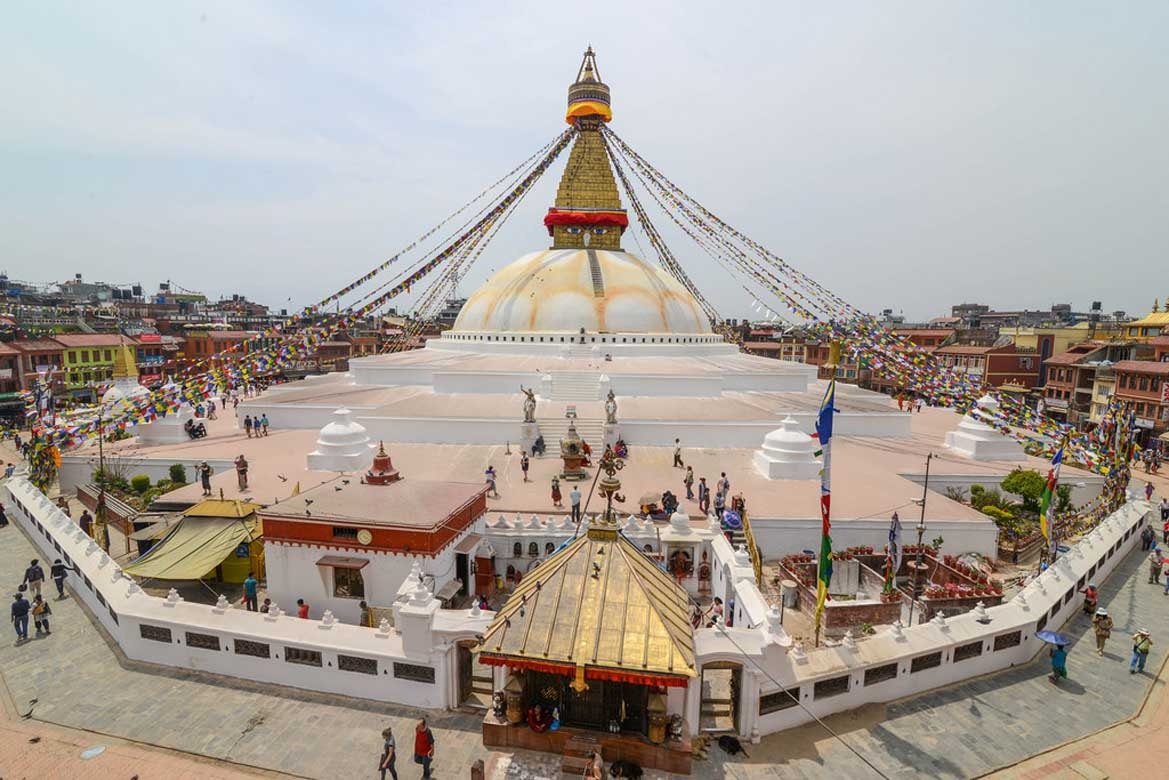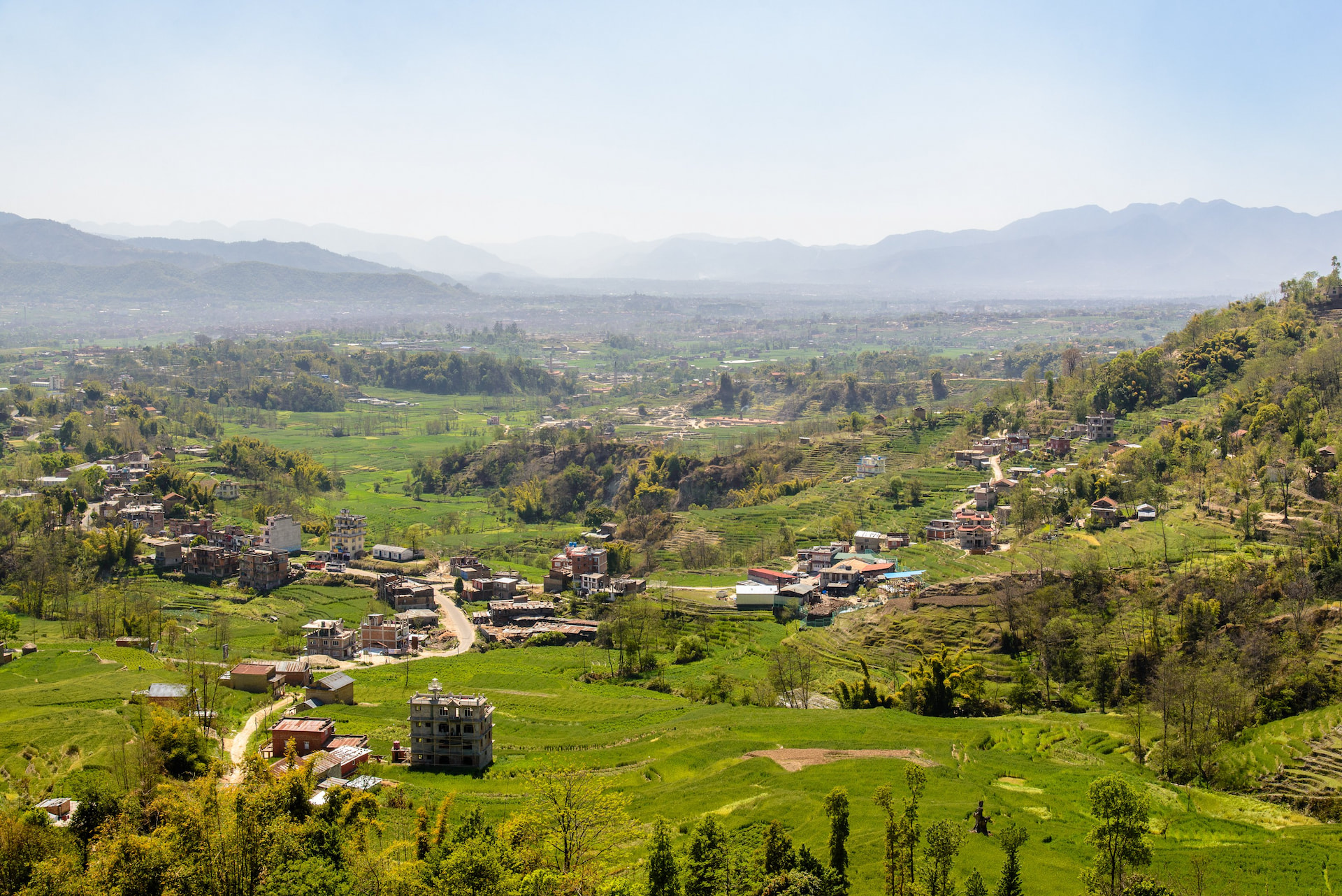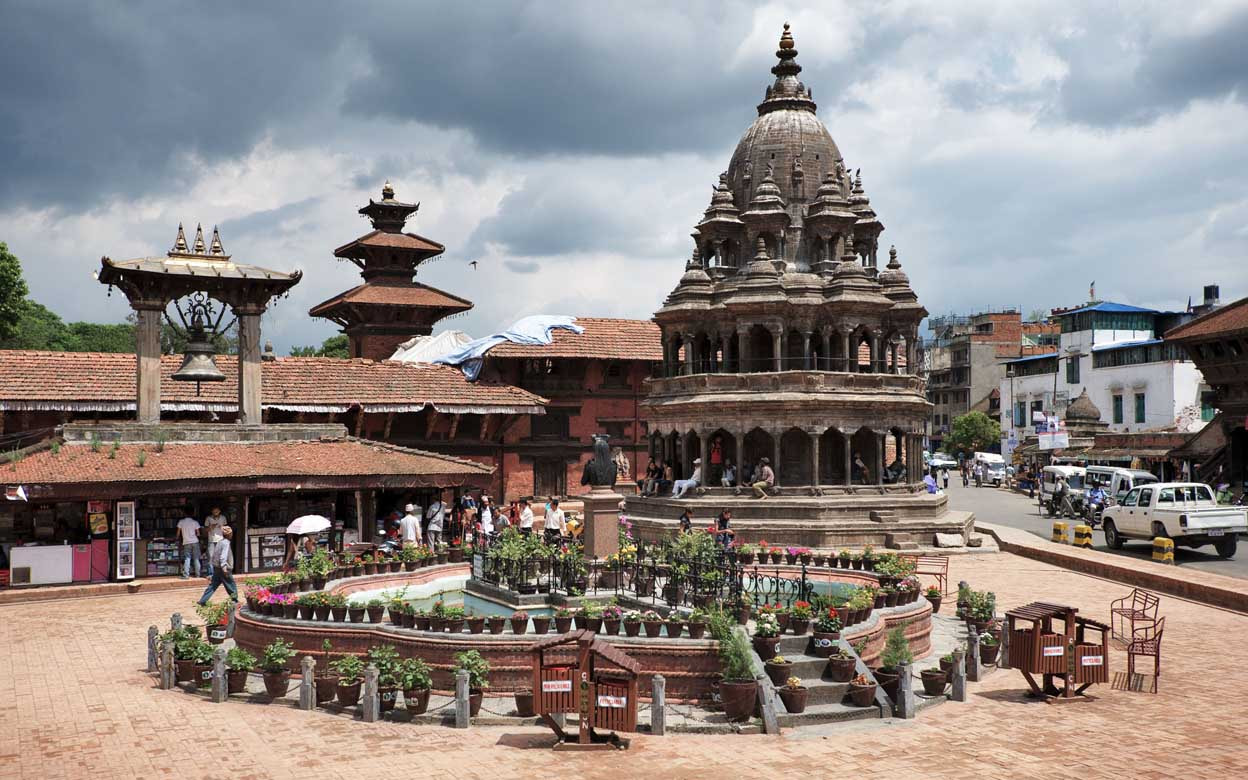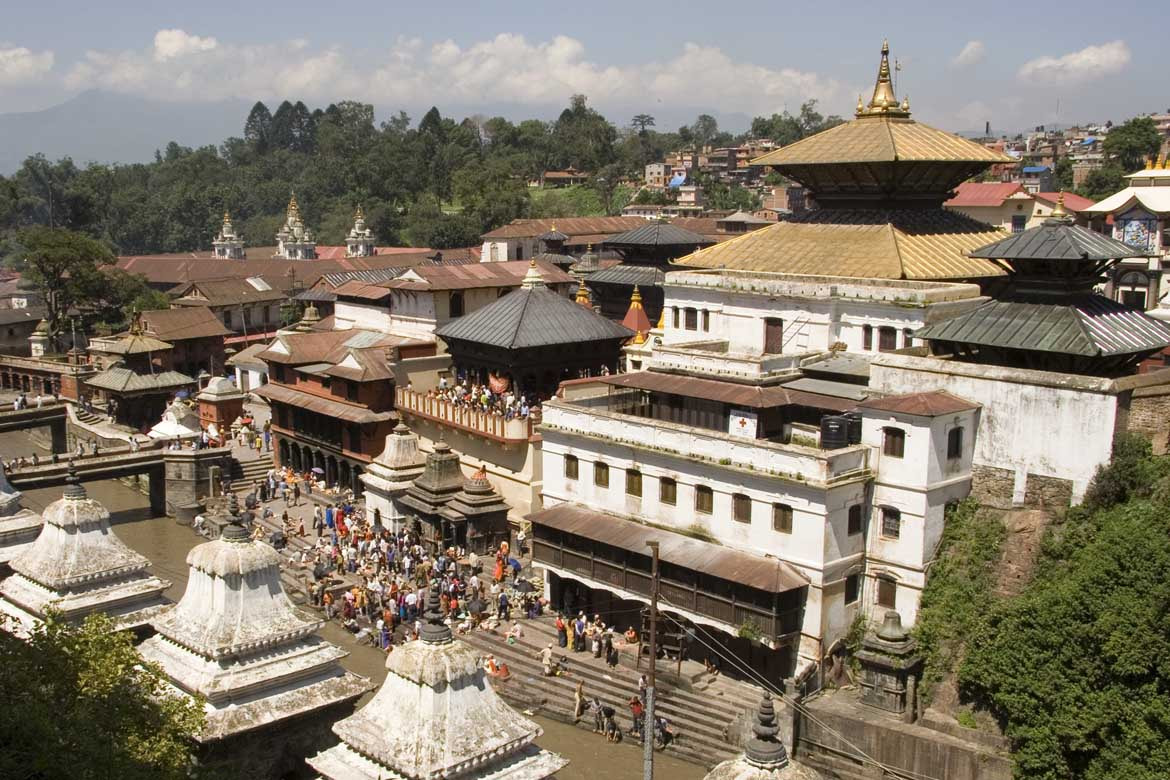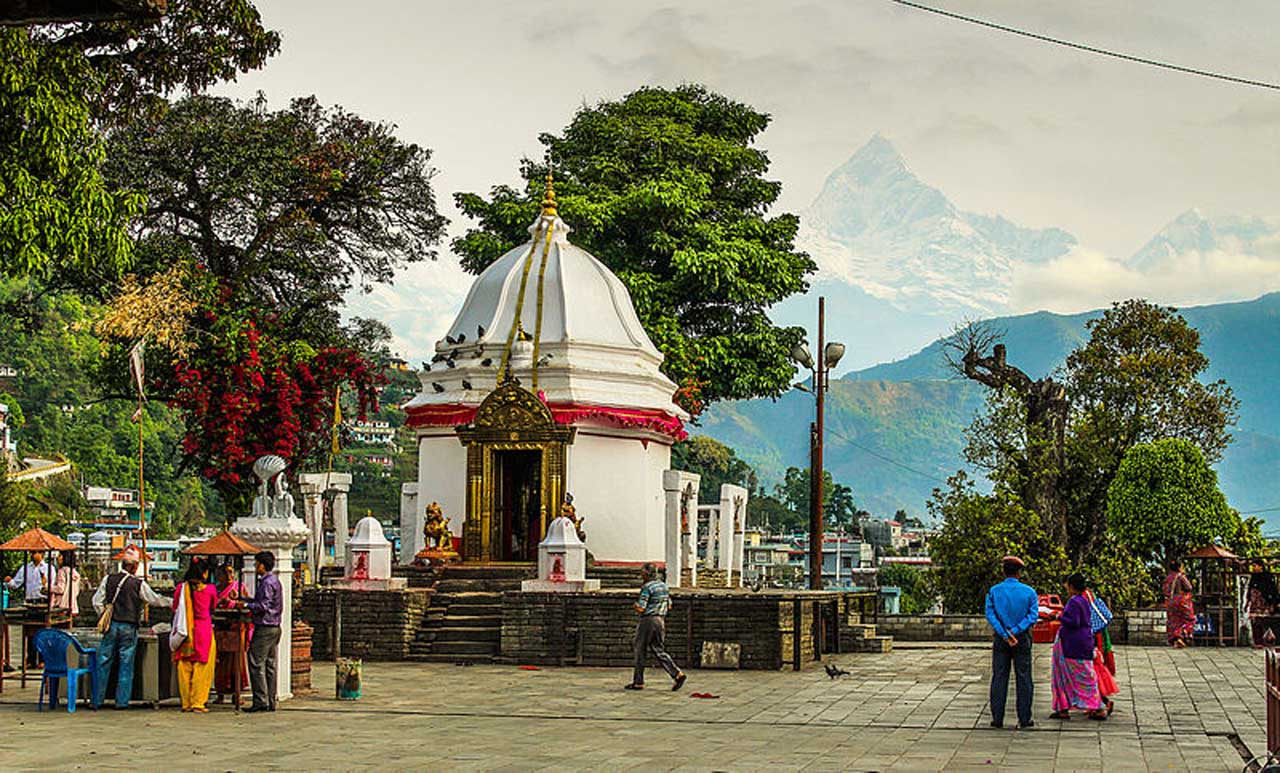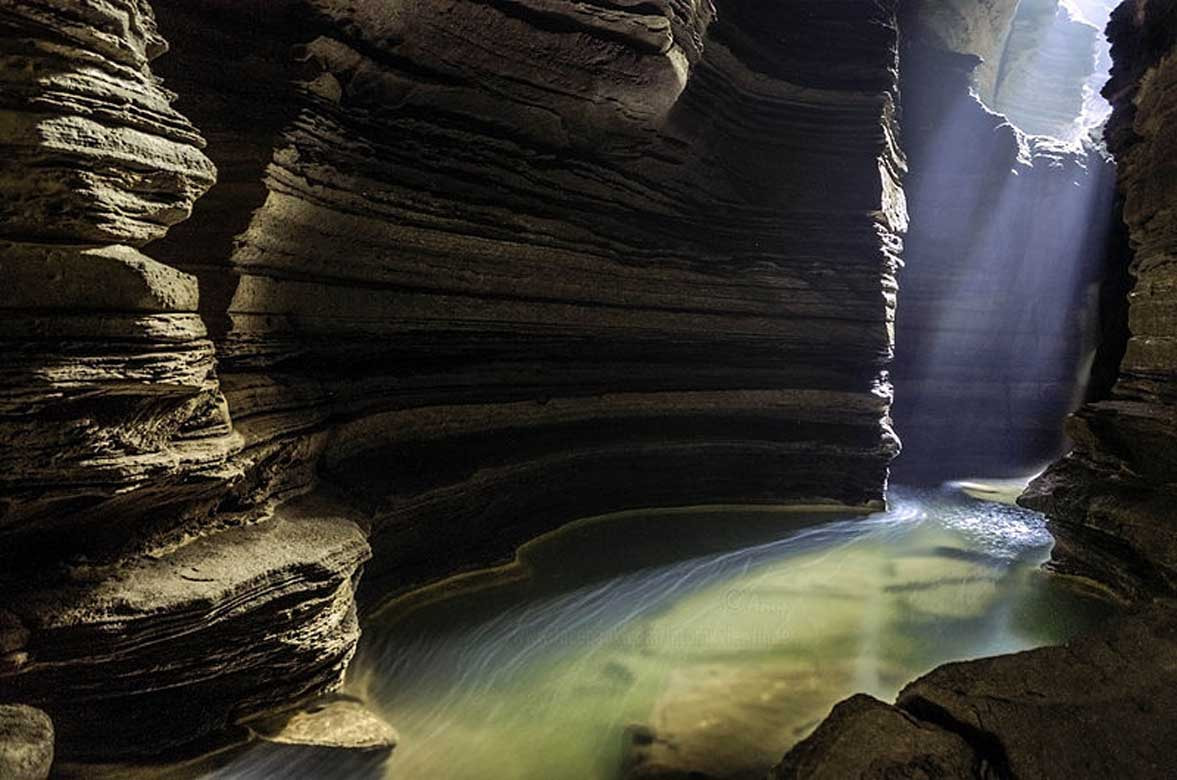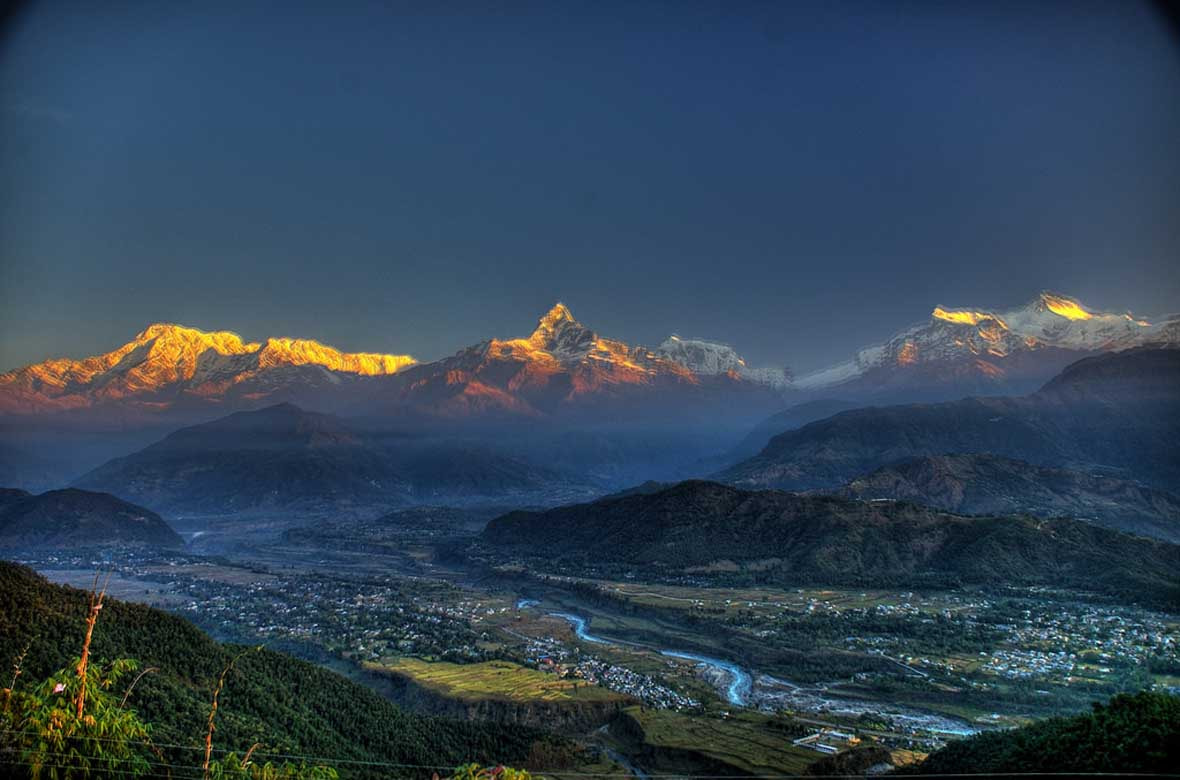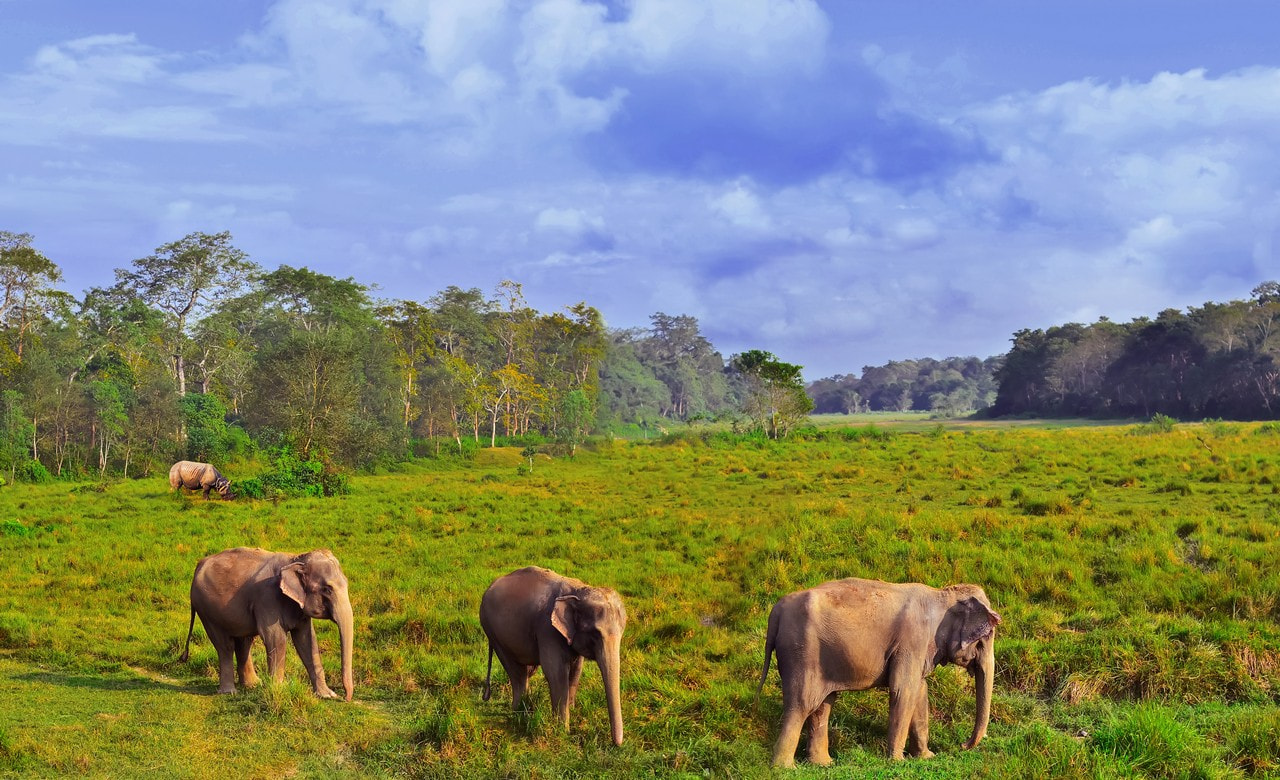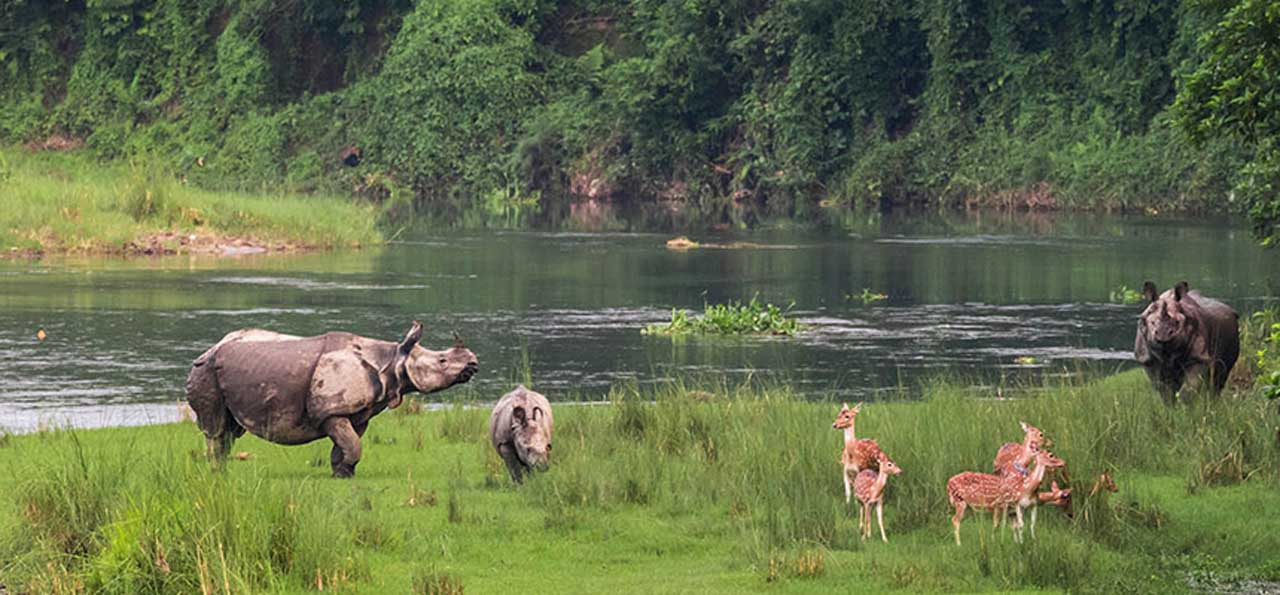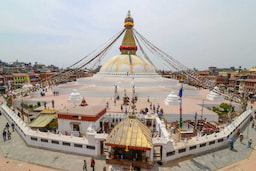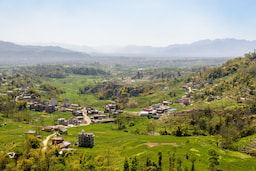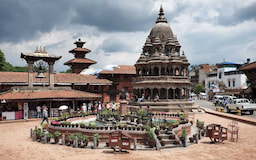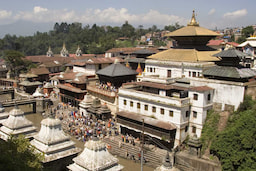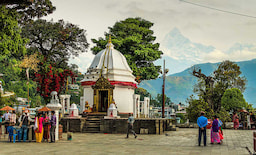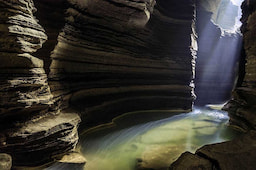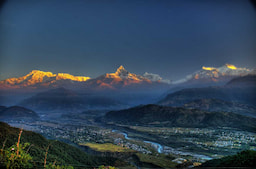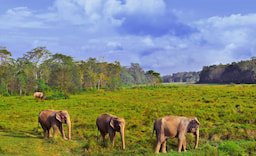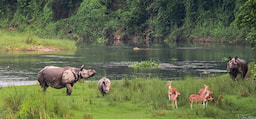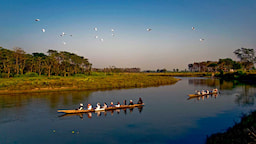Trending travel articles

Discover The World: Top 10 Countries That Offer Visa On Arrival For Indians!
Thinking of a holiday, rather – thinking of a holiday to a place outside India? You must be wondering if taking an international trip will involve too much of processes –planning, visas, air tickets, etc. And so, you may not opt for an international trip and go ahead with the local ones. But what if […]
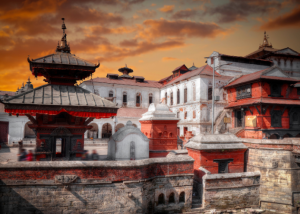
7 Fascinating Facts About Pashupatinath Temple That Reveal Its Divine Magic!
Summary: Explore the spiritual and cultural marvel of Pashupatinath Temple in Kathmandu, Nepal. (Last Updated: October 2025) Known for its stunning architecture, sacred rituals, and serene setting along the Bagmati River, it is a must-visit for devotees and history enthusiasts alike. Plan your visit with Flamingo Transworld for an unforgettable Nepal tour experience. When it […]
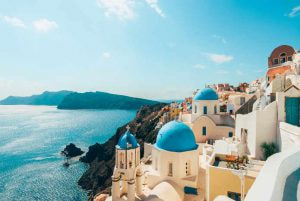
Take A Virtual Tour From Home To These 54 Famous Attractions!
Bored at home due to quarantine? The pandemic COVID-19 has left many people feeling the same way. We all are trying to keep ourselves active and working from home yet it’s still not the same. To starve your boredom we have come up with 54 most interesting places to visit in the world virtually! So […]

5 Amazing Destinations for Adventure Junkies
There are some people who like to set off on a holiday tour in order to simply set back and relax whereas there are others who book themselves adventure tour packages to indulge in something adventurous and try different activities. If you are one of those individuals who belong to the second category, then we have […]

International Destinations You Can Explore In A Budget of Rs.50,000/-
When you think of international destinations, you immediately start wondering how much you’ll have to save to get there. Everyone wants to explore different places by not spending over the top and with minimal expenditure. The good news is that there are plenty of cheap international destinations which are not heavy on your pocket. Here […]
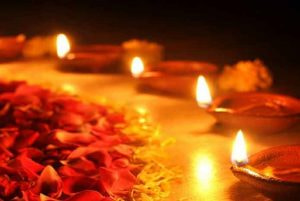
Diwali – A Festival Celebrating happiness across the world
With all the lights and colours, Diwali brings happiness and love. It is the perfect occasion to enjoy at the most with your family members. It is the festival of hope, love and lights that we learn from our mythological stories. To many people’s surprise Diwali is not just limited to Indians. It is a […]
